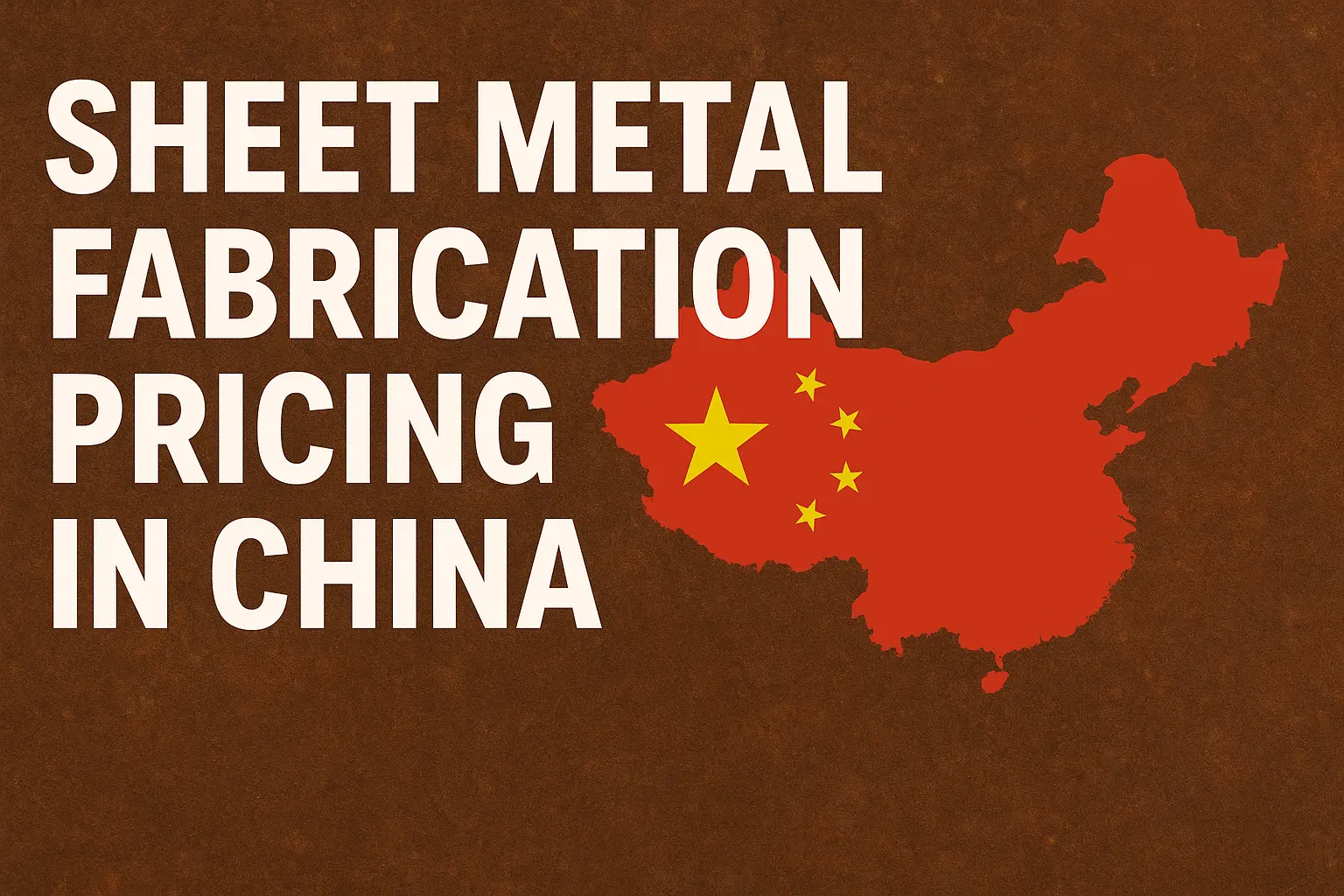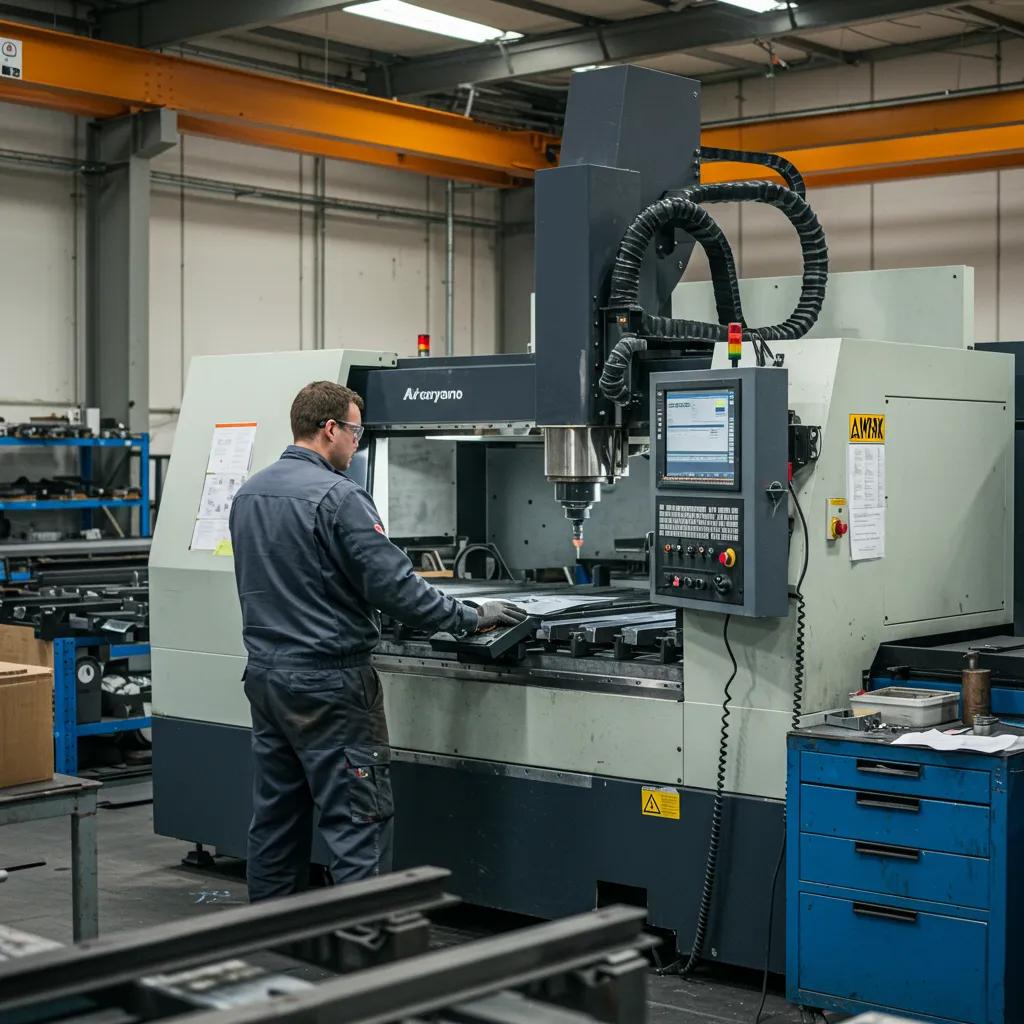
Sheet metal fabrication pricing in China hinges on a mesh of interrelated drivers material costs, design complexity, production volume, labor expertise, and evolving market dynamics. Understanding these factors empowers manufacturers and buyers to optimize budgets and select the right partner for custom metal parts. This guide explores how steel, aluminum, and stainless steel price trends shape unit costs; why intricate designs increase processing time; how batch sizes unlock economies of scale; the role of skilled labor and automation; and the impact of supply chain resilience, government policies, and advanced equipment on overall pricing.
How Do Material Costs Affect Sheet Metal Fabrication Pricing in China?
Material cost represents the single largest input affecting fabrication quotes. When base metals like steel, aluminum, or stainless steel rise in commodity markets, sheet prices climb proportionally, directly influencing cutting, bending, and welding expenses for domestic factories. For example, a 10% uptick in hot-rolled coil prices immediately increases per-part estimates for automotive panels.
Material Costs and Fabrication Pricing
Material costs, including steel, aluminum, and stainless steel, significantly influence sheet metal fabrication prices in China. Fluctuations in global commodity markets directly impact the cost of these base metals, which in turn affects cutting, bending, and welding expenses for domestic factories.
Understanding Pricing in Precision Metal Parts Manufacturing
This source supports the direct relationship between material costs and fabrication pricing, which is a key factor in the article.
What Are the Current Steel Price Trends Impacting Fabrication Costs?
Steel price fluctuations stem from supply-demand shifts, raw-material inputs, and environmental controls:
- Domestic overcapacity drives occasional price drops, prompting competitive quotes.
- Iron ore and coking coal costs in Australia and Brazil feed into Chinese mill margins.
- Emissions regulations increase production expenses and pass through to sheet suppliers.
These dynamics make short-term pricing volatile and require real-time cost monitoring.
Steel Price Trends
Steel price fluctuations are influenced by supply and demand, raw material costs, and environmental regulations. Domestic overcapacity can lead to price drops, while the costs of iron ore and coking coal, as well as emissions regulations, affect mill margins and sheet supplier costs.
How Do Aluminum and Stainless Steel Market Changes Influence Pricing?
Aluminum and stainless steel each carry unique cost vectors:
| Material | Price Trend | Effect on Fabrication |
|---|
| Aluminum | Tight global supply, energy costs rising | Higher extrusion and sheet premiums |
| 3-Series Alloys | Demand from aerospace and EV sectors | Alloy surcharges increase unit quotes |
| Stainless Steel | Nickel and chromium futures volatility | Fluctuating pass-through surcharges |
Stainless grades incur extra alloy fees, while aluminum's energy intensity makes it sensitive to power costs, both altering cut-to-bend pricing rapidly.
How Do Global Raw Material Markets Affect China's Fabrication Prices?
Because Chinese mills import key commodities, international commodity indices and exchange rates reverberate through local sheet prices:
- Currency Movements: Yuan appreciation reduces import-cost burdens.
- Trade Tariffs: Anti-dumping duties on steel and aluminum can add up to 25% to import expenses.
- Logistics Disruptions: Port congestion or freight-rate spikes elevate landed costs.
These global-to-local linkages underscore why material forecasts are essential for accurate fabrication budgeting.
What Role Does Design Complexity Play in Sheet Metal Fabrication Pricing?

Design complexity dictates toolpaths, machine setups, and inspection protocols factors that directly increase labor hours and equipment run-time. A basic rectangular panel may require seconds of laser cutting, whereas nested, tight-tolerance geometries demand slower feeds, multiple tool changes, and detailed quality checks, multiplying per-unit expenses.
Design Complexity and Cost
Design complexity affects toolpaths, machine setups, and inspection protocols, which directly increase labor hours and equipment run-time. Intricate designs with tight tolerances require slower feeds, multiple tool changes, and detailed quality checks, which increases per-unit expenses.
Essential Do’s and Don'ts for Metal Parts Design in Manufacturing
This source supports the impact of design complexity on fabrication costs, which is a key factor in the article.
How Does Intricate Design Increase Fabrication Time and Cost?
Key drivers of complexity costs include:
- Multi-Axis CNC Operations: Complex angles require specialized fixturing and longer cycle times.
- Tight Tolerances: Precision 0.1 mm tolerances involve additional inspection and rework risk.
- Compound Bending Sequences: Sequential bends with small radii lengthen production planning.
These elements can add 20~50% to standard cycle times, elevating labor and machine-hour charges.
What Are the Cost Differences Between Simple and Prototyping Designs?
Prototyping often commands higher per-piece rates due to one-off setups and trial iterations:
| Design Type | Typical Lead Time | Approximate Unit Cost Multiplier |
|---|
| Simple Production | 5~7 days | 1 standard run |
| Prototype Batch | 10~14 days | 1.5~2 (tooling and rework fees) |
Simple profiles leverage repeatable workflows, while prototypes absorb extra programming, tooling and validation steps before full production.
How Does Production Volume Influence Cost Efficiency in China's Fabrication Market?
Production volume underpins economies of scale: larger batches dilute overhead and setup costs across more parts, translating into lower per-unit pricing. When batch sizes increase, fixed costs programming, tool changes, quality validation are spread more thinly, maximizing factory throughput and reducing quotes.
Production Volume and Cost Efficiency
Production volume underpins economies of scale, with larger batches diluting overhead and setup costs across more parts, leading to lower per-unit pricing. When batch sizes increase, fixed costs are spread more thinly, maximizing factory throughput and reducing quotes.
How Do Larger Production Runs Reduce Unit Costs?
- Deploying optimized nesting layouts to minimize scrap.
- Scheduling continuous machine time for extended runs.
- Leveraging bulk material purchasing for raw-material discounts.
Such scale efficiencies can reduce unit pricing by up to 30% compared with small batches.
What Are the Pricing Implications of Small Batch or Custom Orders?
- Repeated machine setups and tool resets.
- Increased inspection checkpoints per unique part.
- Lack of material bulk discounts.
These factors justify 20~50% higher quotes for orders below typical minimum efficient batch sizes.
How Do Labor Costs and Workforce Expertise Affect Sheet Metal Fabrication Pricing in China?

Labor remains a significant cost component. Skilled technicians command higher wages but deliver faster, more accurate results. Conversely, unskilled operators may require supervision and produce scrap, both elevating indirect costs. Automation further shifts this balance by reducing manual hours and improving consistency.
Labor Costs and Workforce Expertise
Skilled technicians command higher wages but deliver faster, more accurate results. Conversely, unskilled operators may require supervision and produce scrap, both elevating indirect costs. Automation further shifts this balance by reducing manual hours and improving consistency.
What Are the Differences Between Skilled and Unskilled Labor Rates?
| Labor Category | Hourly Rate (USD) | Role |
|---|
| Skilled Technician | 5~8 | CNC programming, precision setups |
| Unskilled Worker | 2~4 | Basic loading, deburring |
Skilled expertise accelerates cycle times and minimizes rework costs, justifying premium billing rates.
How Does Automation Influence Labor Cost Savings?
Introducing robotics, laser-plasma cells, or automated bending lines can:
- Cut manual handling by around 40%.
- Improve first-pass yield through consistent force application.
- Free skilled staff for programming and quality control tasks.
These automation gains help offset rising labor wages and sustain competitive pricing.
What Market Dynamics Shape Sheet Metal Fabrication Pricing in China?
Beyond core cost drivers, macro forces, supply chain resilience, government regulations, and technological advances continuously redefine pricing benchmarks. China's integrated material networks and policy incentives provide advantages, while rapid tech adoption accelerates throughput and precision.
Market Dynamics and Pricing
Beyond core cost drivers, macro forces, supply chain resilience, government regulations, and technological advances continuously redefine pricing benchmarks. China's integrated material networks and policy incentives provide advantages, while rapid tech adoption accelerates throughput and precision.
Understanding the Sheet Metal Forming Process
This source supports the impact of market dynamics on sheet metal fabrication pricing, which is a key factor in the article.
How Does China's Supply Chain Resilience Impact Pricing Stability?
Extensive domestic production of steel, aluminum, and processing equipment delivers rapid raw-material availability. This integrated ecosystem mitigates global disruptions and helps maintain steadier sheet prices, reducing volatility in fabrication quotes.
What Government Policies Affect Fabrication Costs and Compliance?
China's industrial policy mix includes:
- Environmental Regulations: Stricter emissions mandates raise production costs for sheet mills.
- Export Incentives: VAT rebates and bonded-zone benefits improve export competitiveness.
- Quality Standards: ISO and CCC certifications add testing and audit expenses to supplier compliance.
Balancing incentives with compliance requirements influences final service pricing.
How Are Technological Advancements Changing Fabrication Pricing?
| Process | Advancement | Price Impact |
|---|
| Laser Cutting | High-power fiber lasers | Faster cutting reduces per-part time |
| CNC Bending | Automated angle measurement | Fewer rejects lower overall cost |
| Welding | Robotic MIG/TIG cells | Consistent welds cut rework hours |
Investments in cutting-edge equipment accelerate throughput and accuracy, helping manufacturers offer more competitive rates while maintaining quality.
China's sheet metal fabrication market delivers competitive pricing through a balanced interplay of raw-material sourcing, design optimization, scale efficiencies, skilled labor management, and advanced manufacturing technologies. By understanding these cost drivers and leveraging strategic partnerships, buyers can secure optimal value and quality for custom metal parts. Partnering with an experienced provider such as HLH Sheet Metal ensures access to comprehensive capabilities, transparent pricing, and responsive service in China's dynamic manufacturing landscape.


















